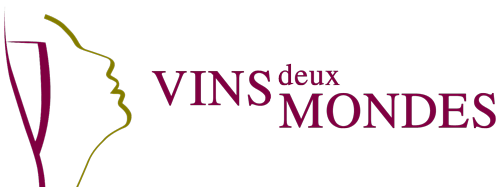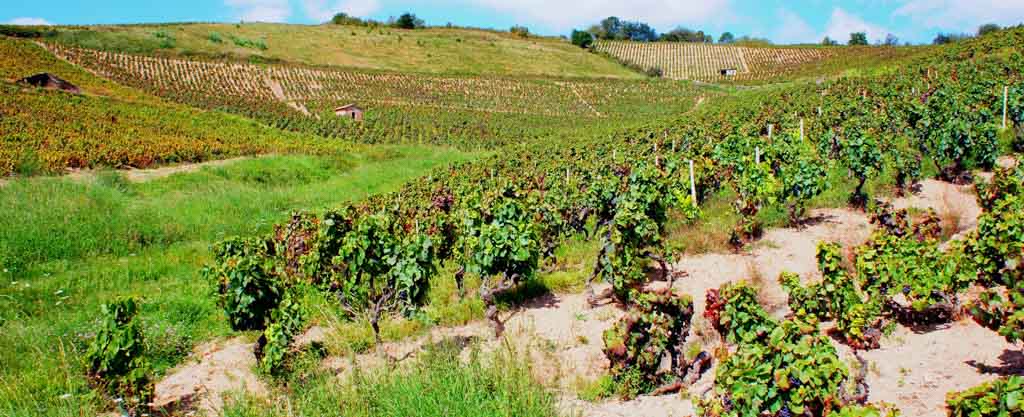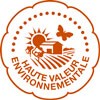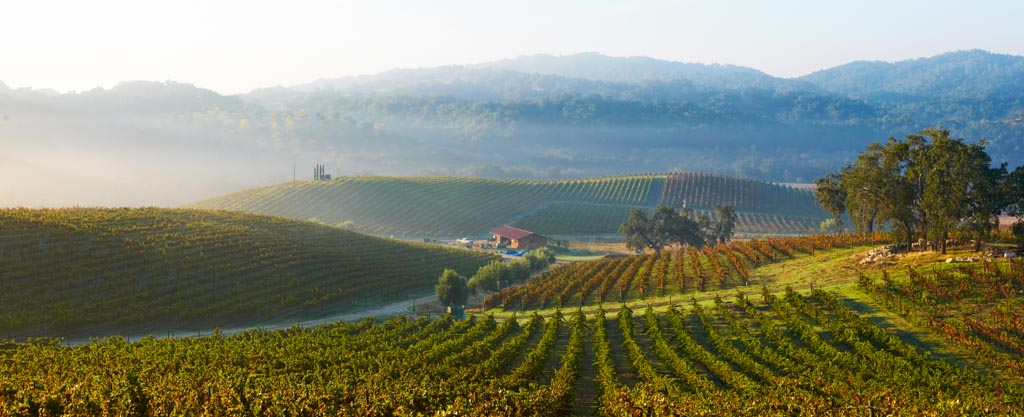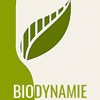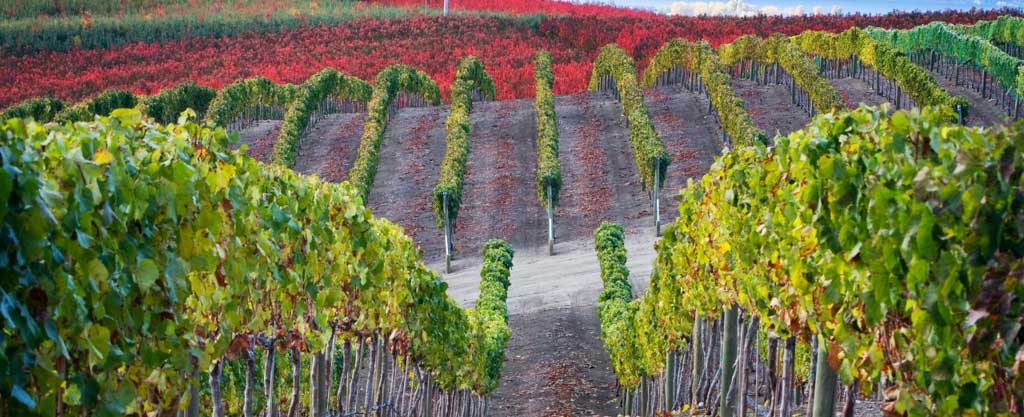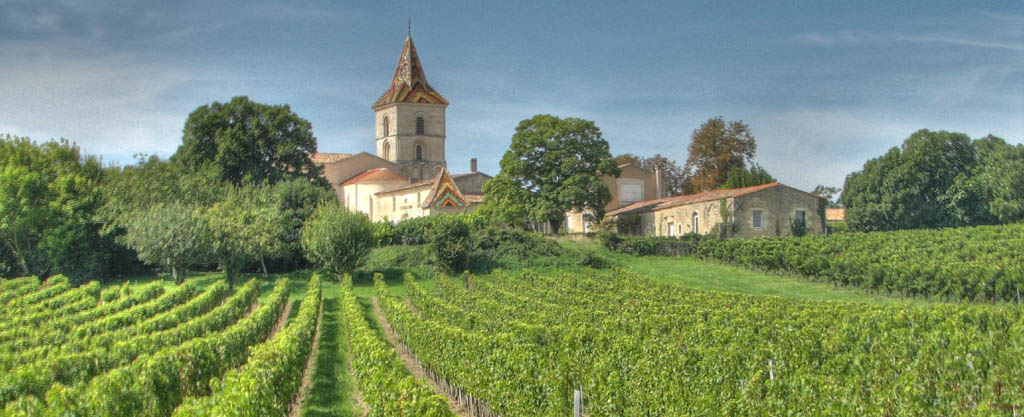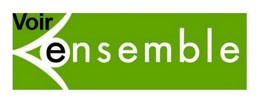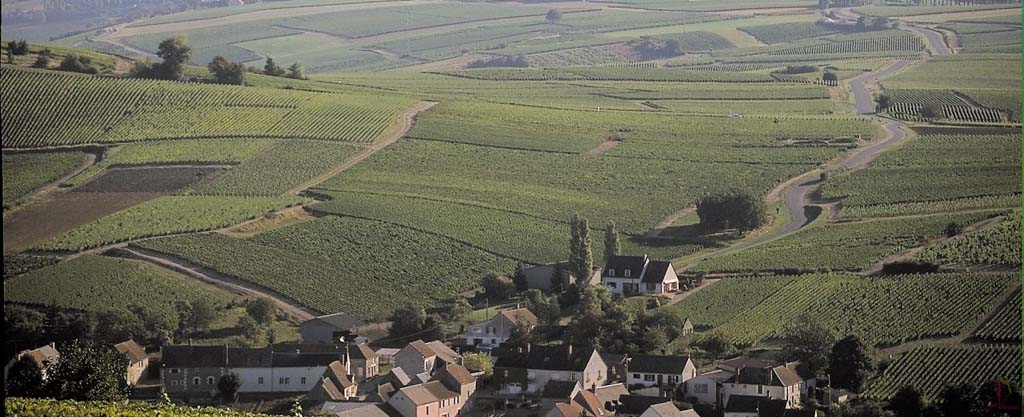Champagne – Sparkling – Calvados – Cognac
Temps de lecture : | Reading time : 2 minutes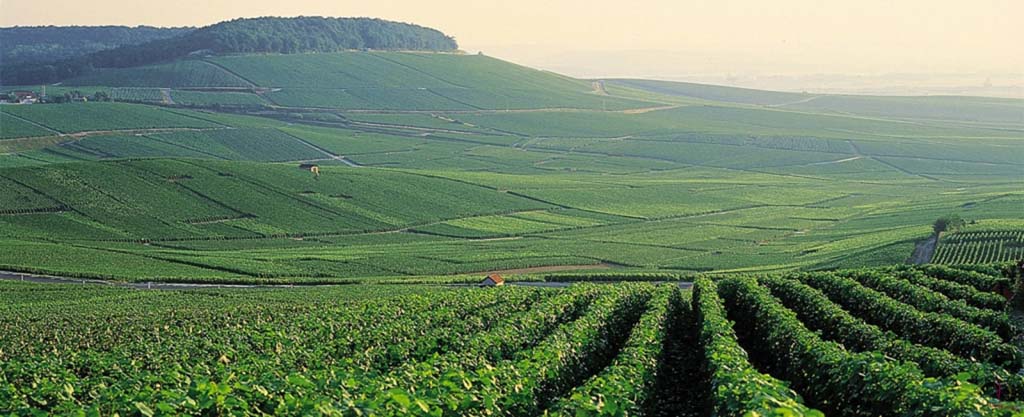
Champagne Voirin-Jumel – Cramant – www.champagne-voirin-jumel.com
A recoltant-manipulant located in the Grand Cru village Cramant which literally means « chalk mount’’. This maison is the union of two families who now own 13 ha in top sites in Cramant, Avize, Chouilly, Oger but also Verneuil and Mareuil-sur-Ay for their Pinot Noir. In 1945, The Voirin made their first cuvée and the Jumel bought some vineyards. The Voirin Jumel brand is launched in 1967 and since 1980, brother and sister Patrick and Alice Voirin aptly manage the domaine.
Champagne Michel Genet – Chouilly – www.michelgenet.com
The Genet family had tended vines in Chouilly for several generations before Michel Genet decided to set up his domain in 1965. Today, his children Vincent, Agnès, and Antoine, continue to run the 9ha domain with great aptitude. Their Champagne is increasingly gaining recognition both amongst their peers and in the wine trade. The Genet family sees themselves as grower Champagne close to their land.
Raphael Midoir – Menetou – www.raphaelmidoir.com
Raphael Midoir represents the 5th generation of this family-owned Domaine of 27ha in the heart of the region. He produces Sauvignon Blanc wines with classic varietal profile whether under the AOP Touraine, Menetou Salon, Sancerre or Pouilly Fumé. With vines aged between 5 to 35 years, the work in the vineyard is made scrupulously to optimise ripeness whilst retaining an adequate fruit and structure balance so important in the region.
RAVENTOS I BLANC – Penedes –
In 1888, Manuel Raventós Doménech created a sparkling wine from Penedés featuring three native varieties: Xarel·lo, Macabeu and Parellada. Over a century later, the descendants are still a strong advocate for respect of the environment. They decided to leave the CAVA appelation in their quest to produce world class sparkling wines that best express the quality of their terroir. Raventos I Blanc is certified biodynamic and highly respected the world over for their excellent range of wines.
Info soon to follow
MAISON PEYRAT – Cognac – Rhum
Maison Peyrat was established at the end of the 19th century by Henri Peyrat who wanted to pass on his passion by giving priority to a family-based Cognac. Today, it is his grandson Philippe that seeks to let people discover the Cognac Peyrat and its outstanding blending made out of infinite richness and the soul of its terroir. The vines are located right in the heart of the appellation. The Peyrat has recently added to range some crafted Rhum whose production they import from Panama and the Caraibean
It’s in the DNA of Peyrat to offer a range of quality, as well as liquors while at the same time maintaining the original characteristics.
